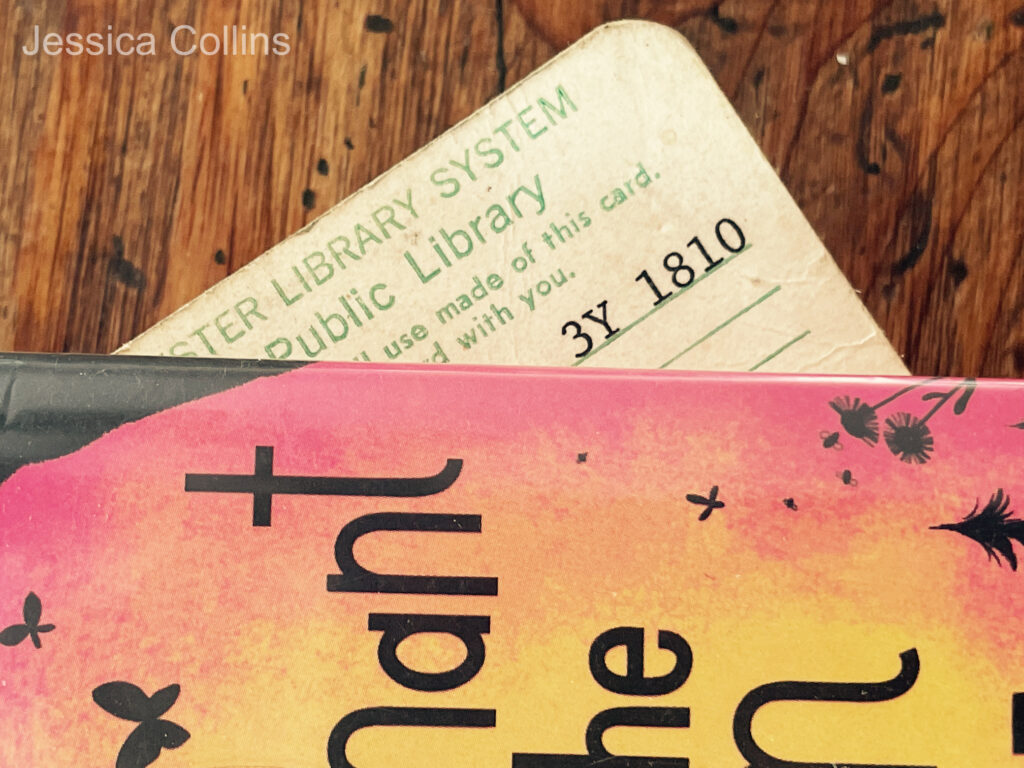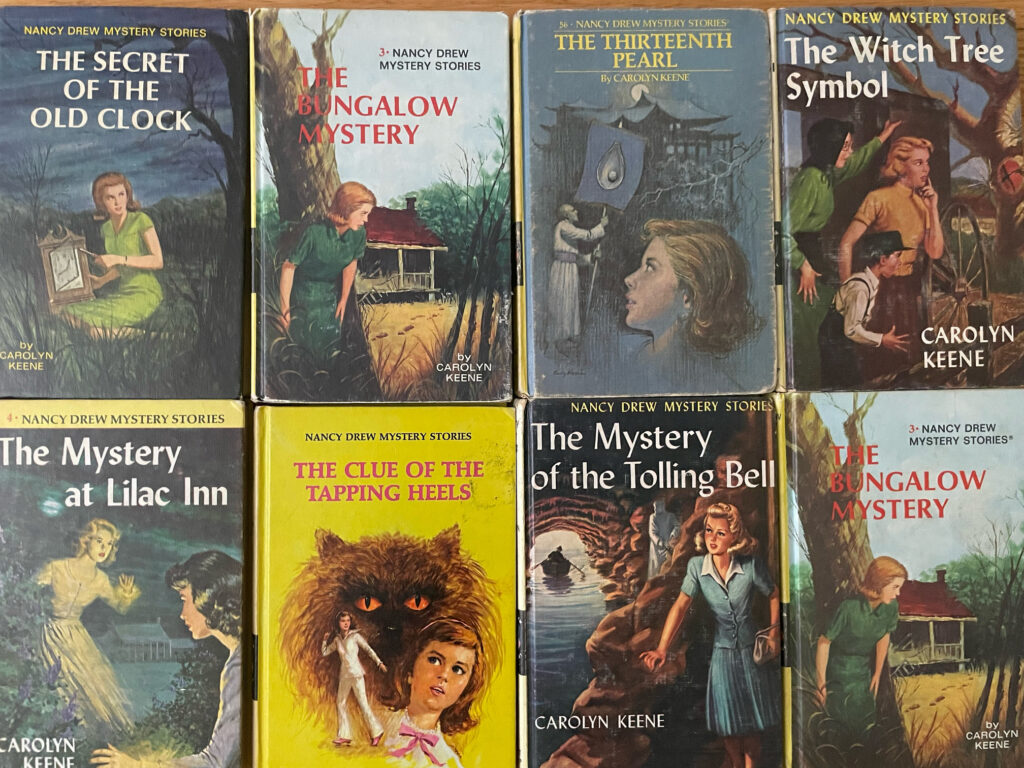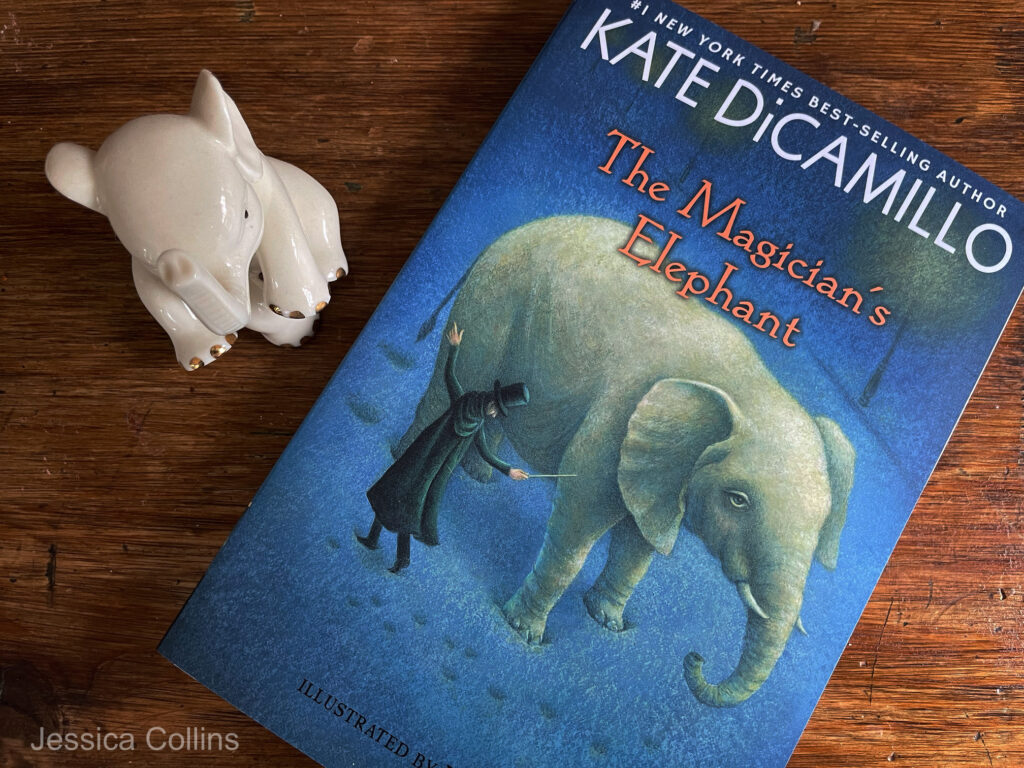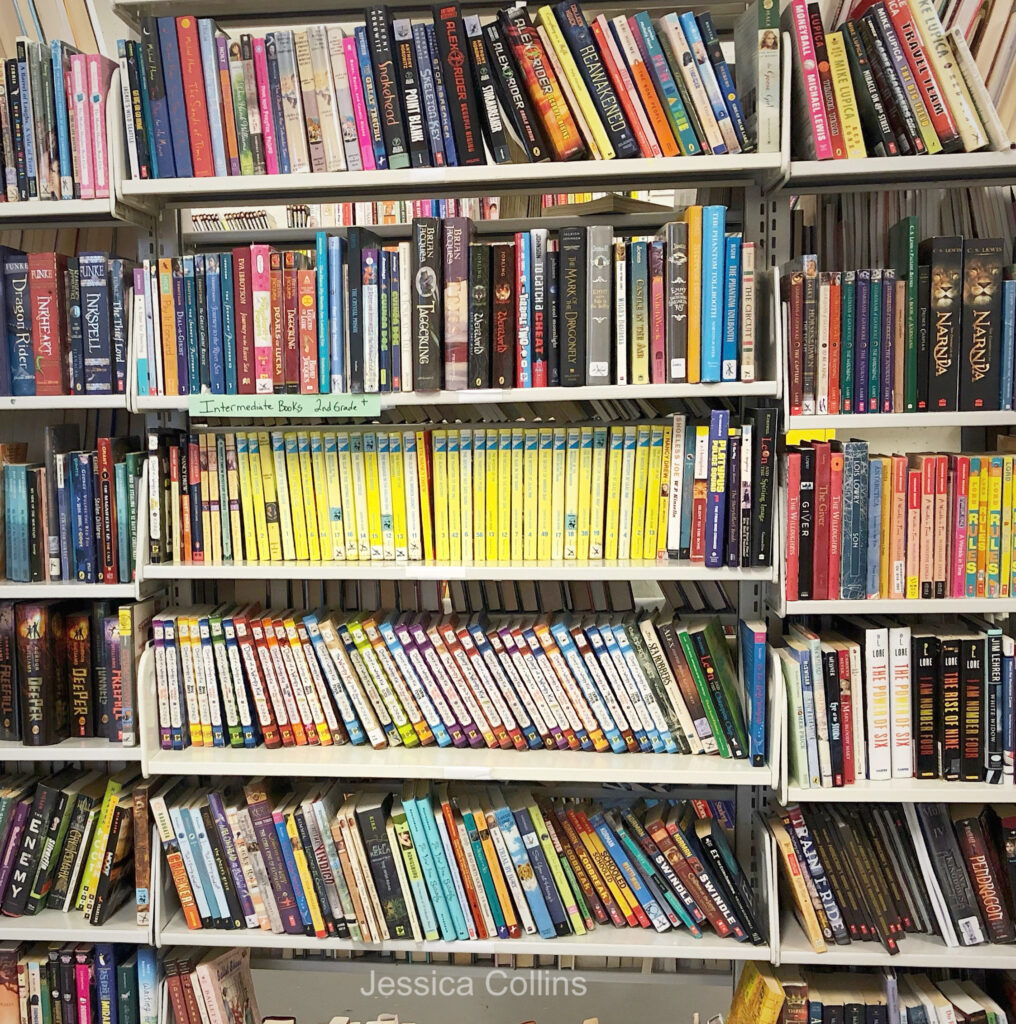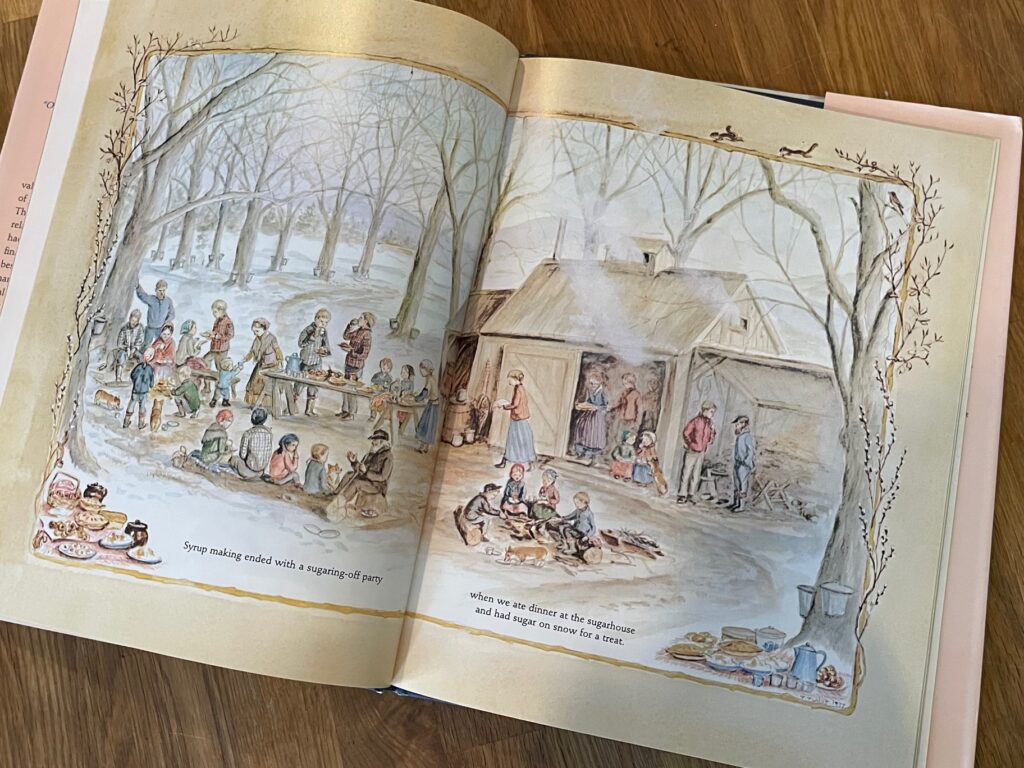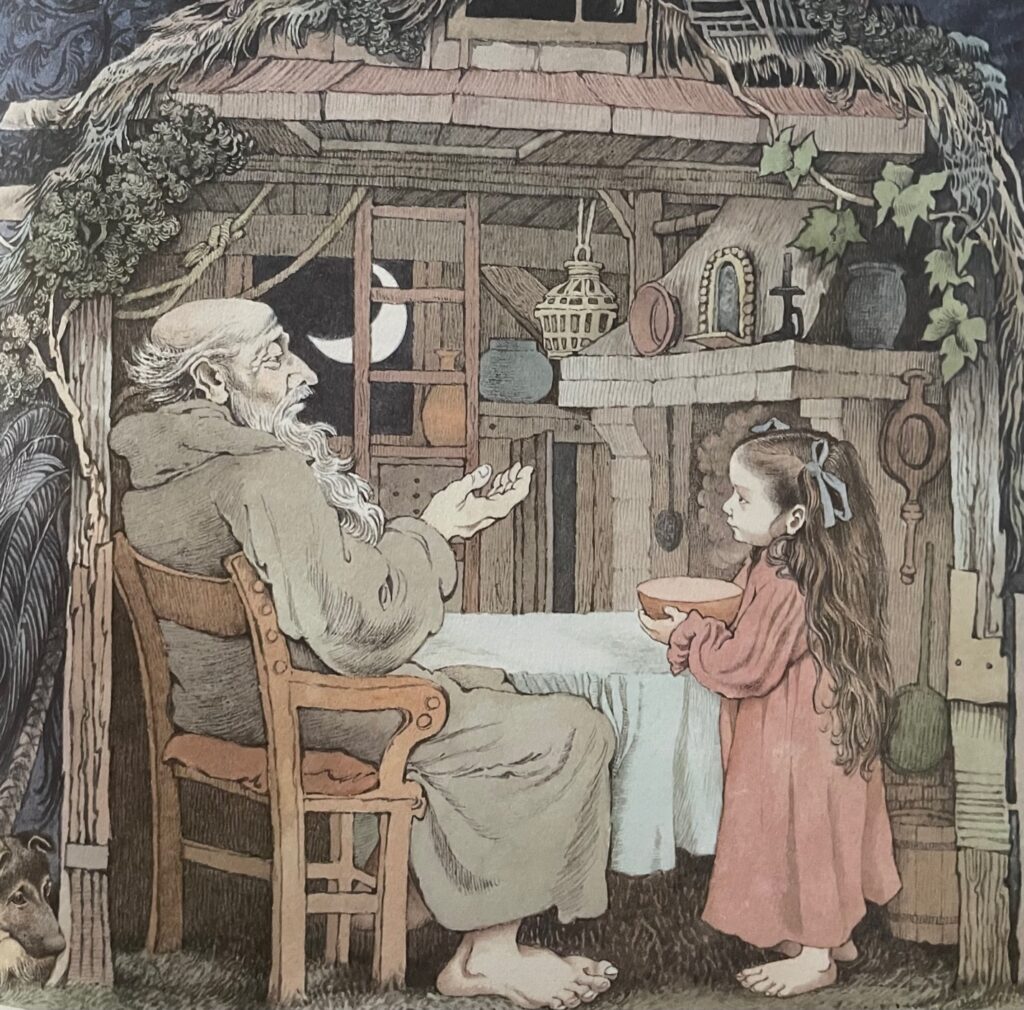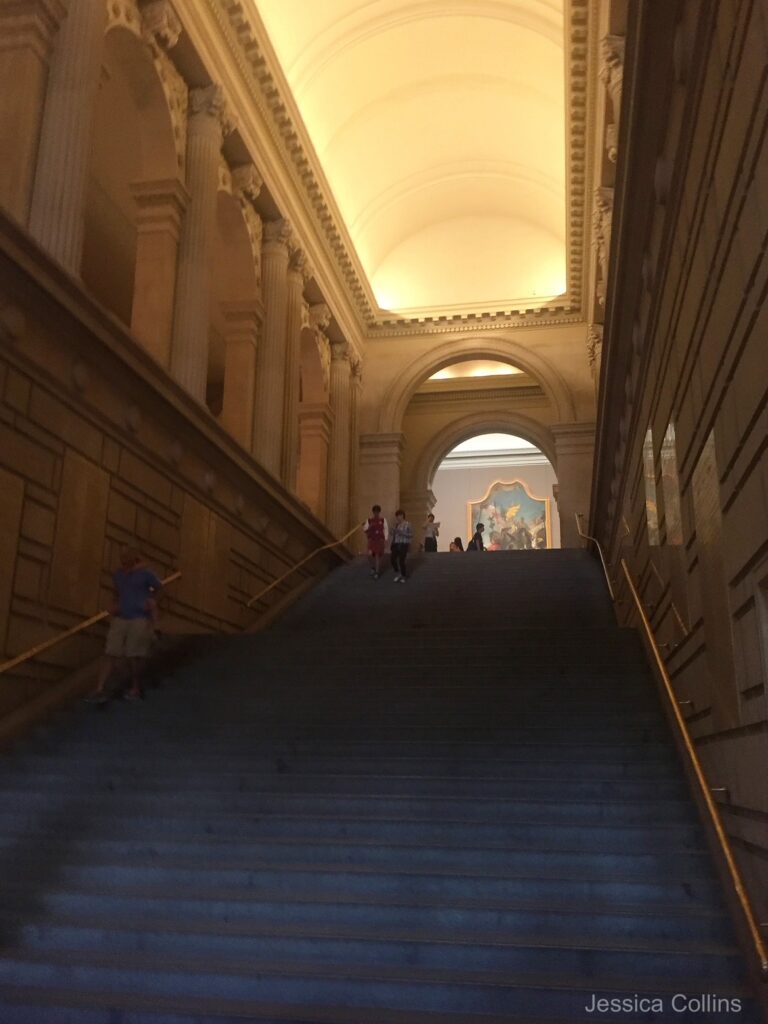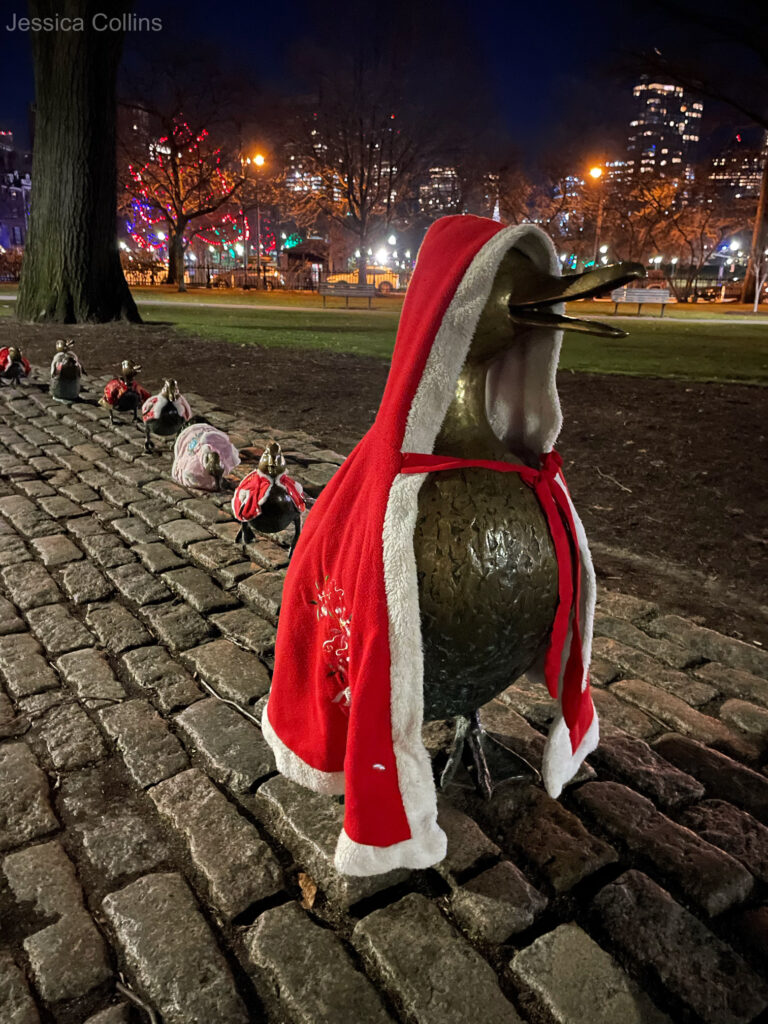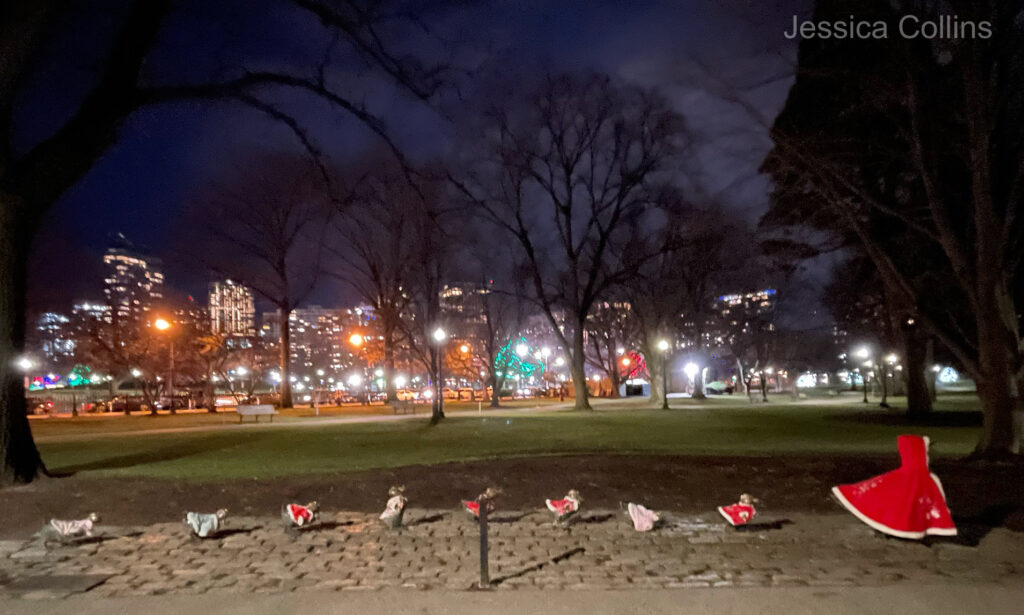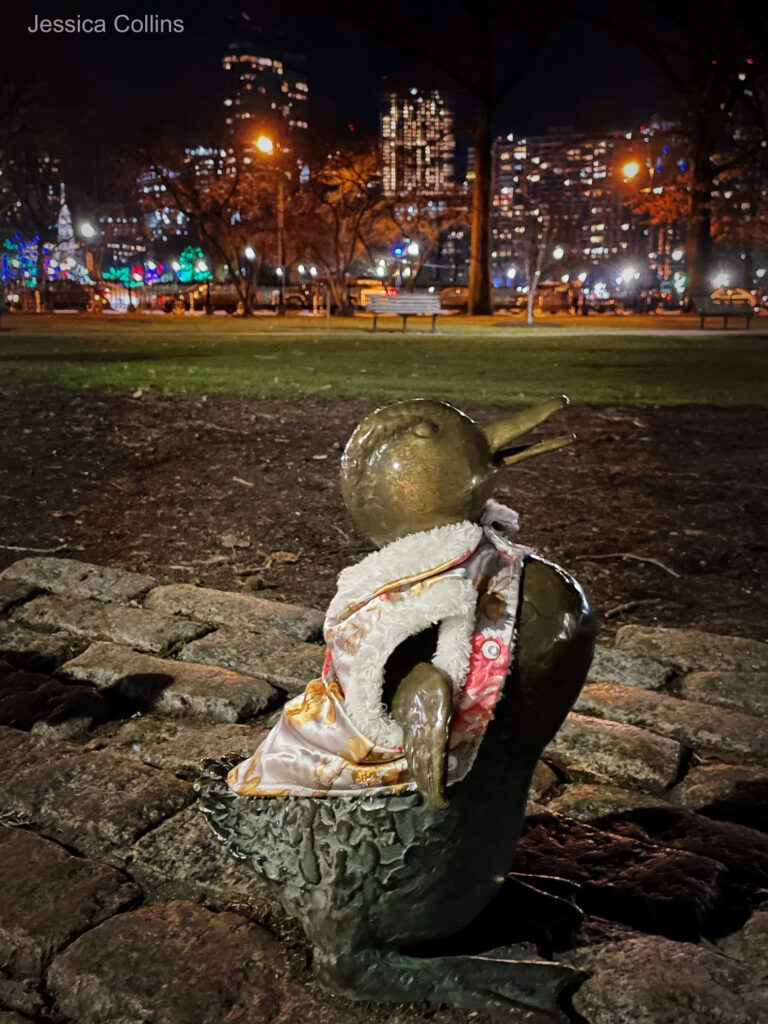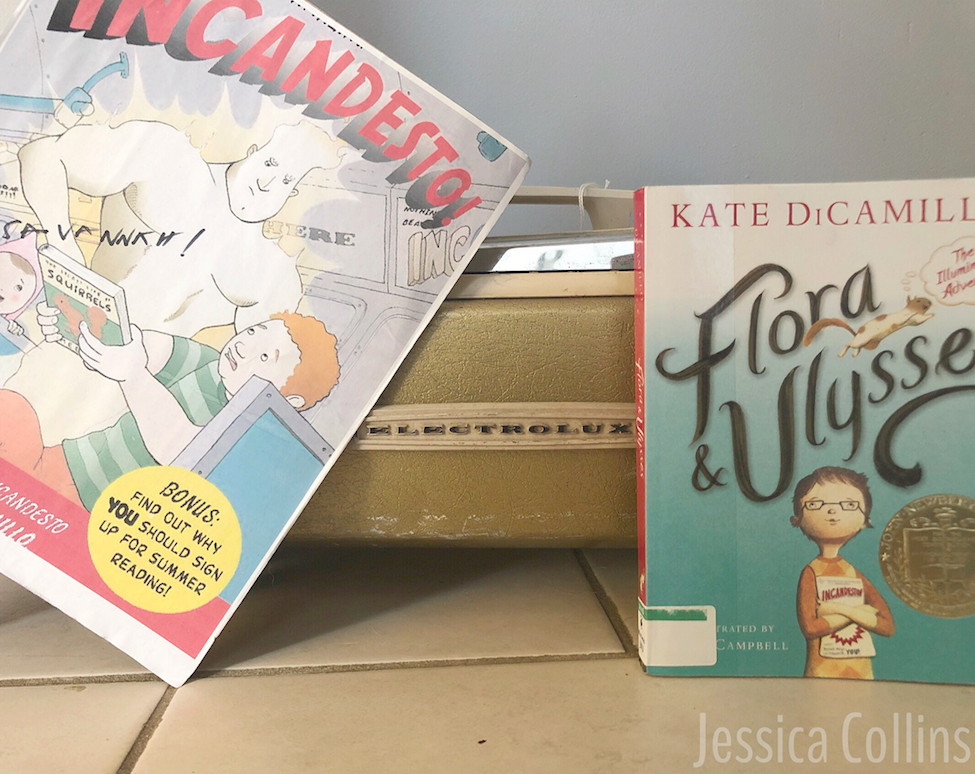
Note: This originally appeared on HamletHub on May 11, 2018.
“This book, more than any other that I have written, belongs to my mother. It belongs to her, in part, because of the vacuum cleaner. My mother had a tank Electrolux that she loved. And in the last year of her life, she worried (aloud and often) about what would happen to the vacuum cleaner after she was gone. I told her (again and again. And again) that I would take the vacuum cleaner, that it would be safe with me. But still, it worried her. She wanted the Electrolux to be loved, appreciated. And so I wrote a story, this story, in which a truly exceptional vacuum cleaner does a truly miraculous thing (i.e., the vacuum cleaner transforms an ordinary squirrel into a superhero).” – Kate DiCamillo, Newbery Medal Acceptance Speech
This past weekend, my husband found this amazing vintage Electrolux vacuum. Knowing I love old things, he knew I would think this is fabulous, but he didn’t expect me to start talking nonstop about a book. He showed me the vacuum, and my response was, “It’s a Flora & Ulysses vacuum!!!!” He was perplexed. It is an Electrolux vacuum. An old vacuum with those shiny letters spelling out Electrolux, and while it was cool because it is shiny and old and has a bit of a space ship feel, for me, it was a magical machine that connected me to a book.
While he saw a cool vacuum, I heard Kate DiCamillo in my mind sharing the story she shared at a recent book talk, the same one in the quote above from her Newberry Medal acceptance speech. Her mom loved her Electrolux vacuum so much that she was worried about what would happen to that vacuum when she was no longer here. And Kate DiCamillo did what she does best; she appreciated the vacuum by giving it life in “Flora & Ulysses.” The truly exceptional vacuum in her story transformed an ordinary squirrel into a superhero. What Kate DiCamillo’s mom may never have imagined is that not only Kate appreciated that vacuum but fans all over the world who love that book, who love Flora and Ulysses, secretly wonder if their vacuum is as magical. Once you read “Flora & Ulysses” you will never looked at an Electrolux vacuum or a squirrel without wondering if each vacuum might have the potential to turn a squirrel into a superhero and each squirrel might have the potential to be one.
So many times in this column, I mention my desire to climb inside the pages of the books I love. I never imagined the stories climbing out of the pages and into my world, but I realized as I looked at this vacuum that sometimes the worlds overlap. While I can’t officially move into a book, and they can’t officially climb out of the pages into mine, this “truly exceptional vacuum cleaner does a truly miraculous thing”…it brought Flora and Ulysses into my world. While I never knew Kate DiCamillo’s mom, I appreciate that amazing vacuum (and I really appreciate that Kate’s words taught me to see the magic in something simple right in front of me).
If my children are reading this and grow up to write like Kate, please, please honor my vintage aluminum Christmas tree in a book somehow!

